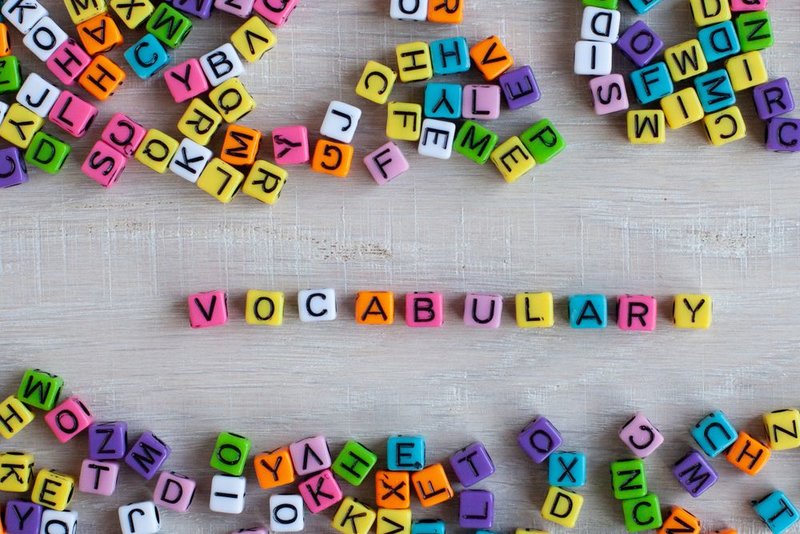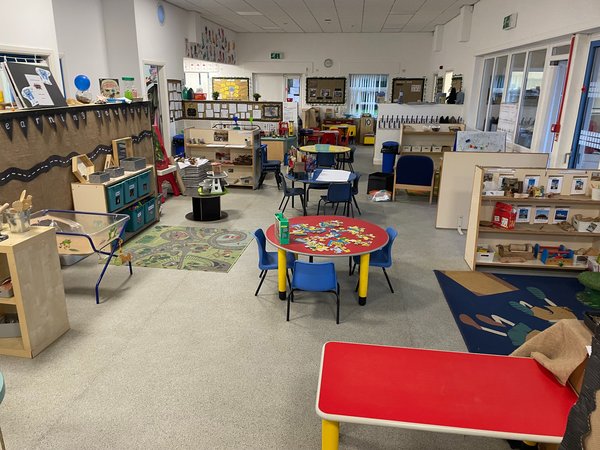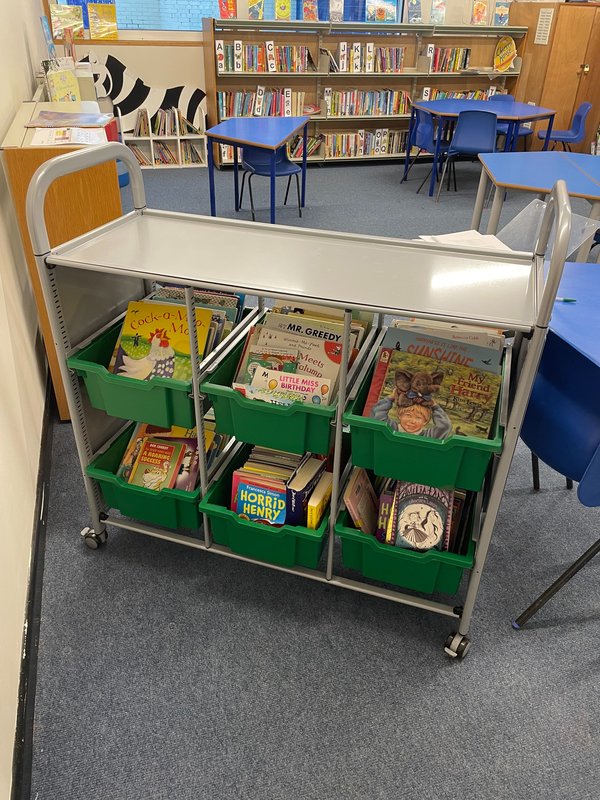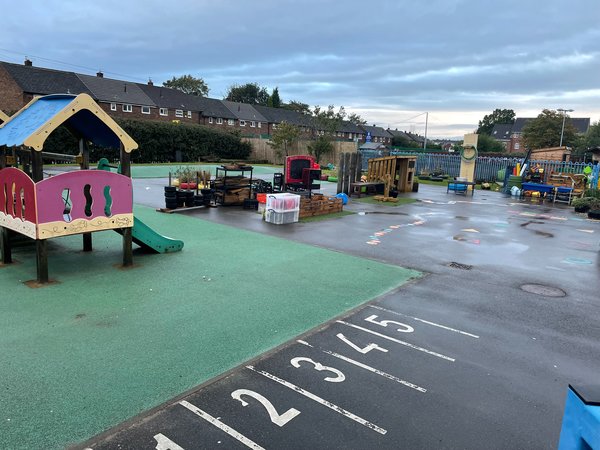
We aim to give food for thought as well as inspiring your creativity and
providing practical ideas you can’t wait to implement in your own settings!
Closing the vocabulary gap
in the Early Years

During the time I raised my own four children, I went back to college and then university to eagerly train to be a teacher. I have now had the privilege of being an Early Years teacher for the past 20 years.
Within this time, I have found the greatest challenge I face as an Early Years teacher is attempting to close the vocabulary gap between those children who enter reception coming from a language-rich home life to those children that do not. We are increasingly finding that our cohort is a class of two halves. As well as this, the increasing use of technology; phones, ipads etc, has perhaps hindered some opportunities for adult-child interactions.
The challenge of closing the vocabulary gap is high on my list of priorities in the classroom and at the forefront of everything I do. A child’s use and understanding of vocabulary greatly determines how effectively they will access the school curriculum and as a result, how well they will perform at school.

Importance of the setting
There have been changes in my setting to reflect this need to develop speech and language. We use our middle zone area for child-led interactions with an adult. The adult will join the children in their play. This offers a comfortable environment for the child. The opportunities to develop language in an area of the child’s interest are the greatest. I love the use of popular culture to engage the children, as this is what is familiar to them. We bought a range of busy books from Tesco a few years ago. These offer a range of characters and each day a different small world area is set up using these. This could be Paw Patrol, Superheroes, Princesses (amongst many others). The area provides an ideal opening to conversation by asking the children what they know of the characters and subsequently building a vocabulary rich story around them.

Helicopter stories
We are also developing our use of helicopter stories. These stories, written by the children, start very simply at the beginning. Across the academic year, children listen to, watch and act out each other’s stories on the carpet area. This allows them to glean ideas and vocabulary from each other whilst developing their story telling skills in a kinaesthetic and thoroughly enjoyable way.
Home-school diaries
Whilst teaching in Nursery, I found the use of home-school diaries invaluable for a perfect opportunity to allow the child to talk about something important to them…their home life. The diaries were sent home on Friday and returned on Monday. Parents were encouraged to fill them with news, photos, pictures of things their child had done at the weekend. Each week, the children shared their diaries with an adult. It was a lovely way for each child to share their own experiences.

The importance of reading and books
Our setting is a huge advocate of developing the love of reading. Books provide a perfect opportunity to develop children’s language. We send home reading books weekly, in addition to a self-chosen book from the library. The school, in addition, has its own library service where children can give/take books from the library every Friday. They can keep the book forever or return it if they wish. It is a perfect, environmentally friendly way of sharing the love of books and giving all children the opportunity to have access to books.

The importance of the outdoors
I love using the outdoor environment to develop language. It is a completely different atmosphere outside, and opportunities present themselves in so many exciting ways. We use instruments to accompany our singing and acting out of nursery rhymes. We develop language through presenting challenges to the children and talking together as they attempt the challenge. Exploring nature provides lovely ways for children to learn new words. The list is endless…
The importance of talking about learning
As a school, we believe it is important to develop the meta-cognitive skills of children. I use strategies of bridging backwards and forwards whilst teaching. I have big books to record the children’s learning. These are filled with photos, children’s written and spoken work. They provide a perfect way of encouraging the children to remember what they have already done and the picture clues from the books encourage them to remember and talk about their past learning.
Grandma helper
Finally, I have a wonderful grandma helper who comes into school each week. She uses her time to talk to the children and share their news and anything else they want to tell her (which is usually lots).
I plan an activity for her to encourage the children to talk. This could be baking, a science experiment, mixing paint, creating a junk model, cutting up fruit, making sandwiches etc. The children are always so excited to spend time doing the activity and the chat around the table is always so wonderful to witness.
I am always keen to develop my practise and welcome any ideas which other practitioners may have to develop speech and language.
With many thanks to Cheryl Keyworth for writing this article.
Cheryl is a reception teacher and member of the EuHu Teacher Board.